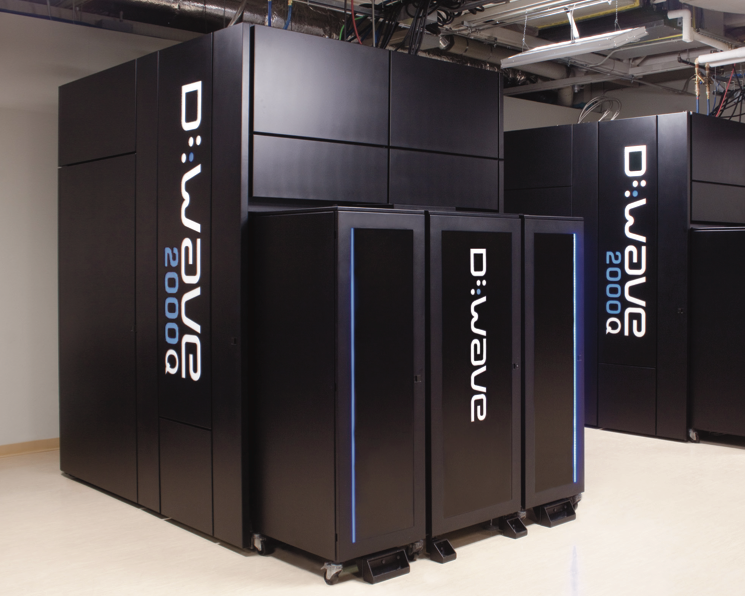
Enlarge / The D-Wave hardware is, quite literally, a black box. (credit: D-Wave)
The D-Wave quantum annealer isn't a general-purpose computer, in that it can only solve a set of problems that can be structured as energy minimizations. And even on those problems, D-Wave employees will acknowledge that the current generation of D-Wave hardware generally can't outperform algorithms implemented on standard computers (though they're optimistic that the next generation of machines may change that in some cases).
But a key reason the company has been selling time on their machines before they have a clear advantage is to give developers the chance to identify the sorts of problems where quantum annealing will prove to be effective. Last week, Ars attended a D-Wave user's group meeting, where we got a chance to talk to the people who are developing software to run on these systems. We also spoke with D-Wave's staff. What emerged was a sense of the sorts of things that people are hoping will be able to demonstrate a clear speedup when run on a sufficiently advanced quantum annealer.
Quantum annealing
D-Wave's systems work through a process called quantum annealing. This begins by placing a system's qubits in an absolute energy minimum. From there, the hardware gently alters the configuration of the system so that its energy landscape reflects the problem that needs to be solved. If everything goes well, all the qubits will end up with the lowest possible energy in the new landscape. Viewed literally, this will end up identifying the lowest energy state of that landscape. But if the energy landscape represents something else—some other problem restructured so that it looks like an energy minimization—the final state will represent a solution to that problem.
No comments:
Post a Comment